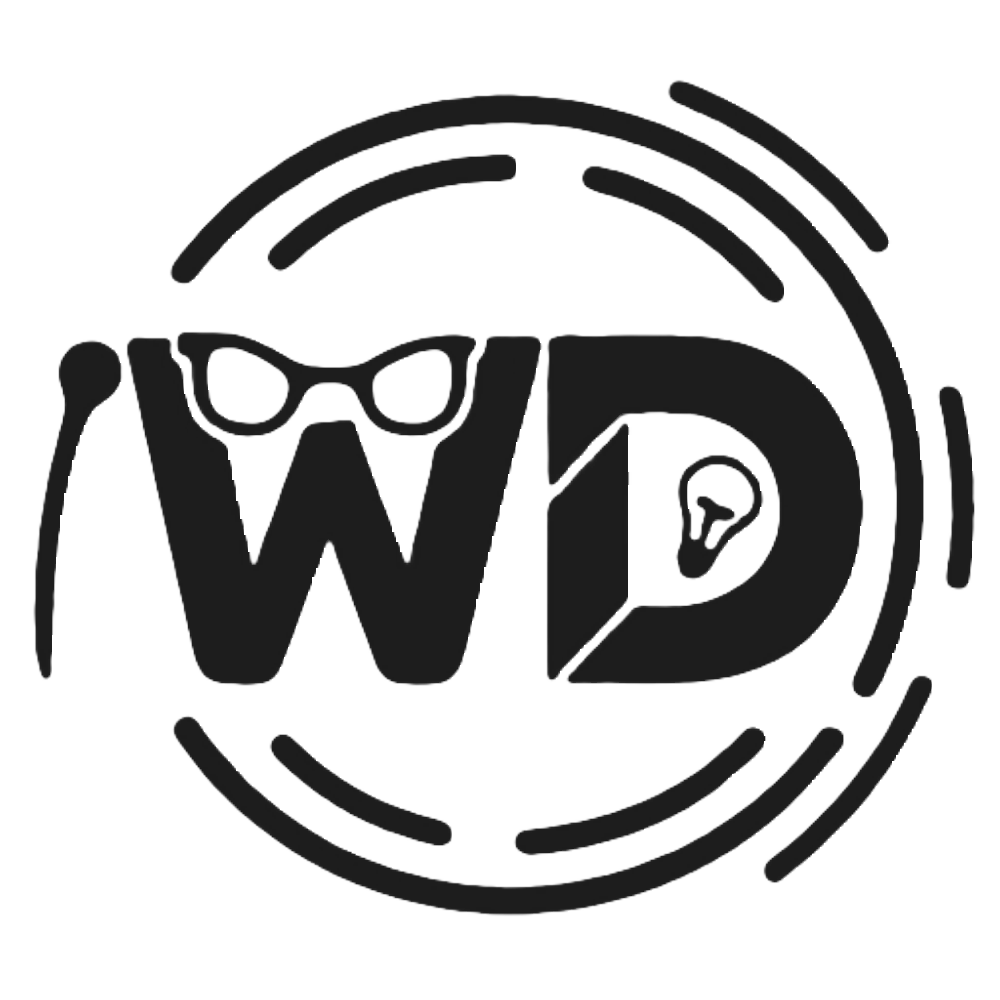Web Design Tutorial | Learn Web Design from Basics

Web Design Tutorial | Learn Web Design from Basics
Web design is an exciting and creative process that allows you to bring ideas to life online. Whether you are new to the field or looking to enhance your skills, this comprehensive guide will teach you how to learn web design from the basics. By the end, you will have a clear understanding of how to create an attractive, functional, and user-friendly website. Let’s dive into the steps with eight easy-to-follow sections.
1. What is Web Design?
Before starting, it’s essential to understand what web design is. In simple terms, web design involves creating the visual layout, structure, and functionality of a website. It focuses on both aesthetics and usability to ensure visitors have a smooth and enjoyable experience.
Key elements of web design include:
-
Layout: The arrangement of content on a website.
-
Color scheme: The combination of colors used to reflect the brand or purpose of the site.
-
Typography: The choice of fonts to ensure readability and style.
-
Images and graphics: Visual elements to engage visitors.
By understanding these basics, you’ll have a strong foundation for learning web design.
2. Why Learn Web Design?
Learning web design is a valuable skill in today’s digital world. Here’s why you should consider it:
-
Web design is in high demand as businesses and individuals need attractive and functional websites.
-
It allows you to express your creativity and design skills.
-
You can work as a freelancer, join a company, or even build your own website for personal projects.
-
Knowledge of web design can complement other skills, such as marketing or graphic design.
Whether you’re aiming for a career or a hobby, mastering web design opens up numerous opportunities.
3. Essential Tools for Web Design
To get started with web design, you’ll need some essential tools. These tools help you design, code, and test your website effectively. Here are the basics:
Design Tools:
-
Figma: Ideal for creating wireframes and prototypes.
-
Adobe XD: A powerful tool for designing and sharing website layouts.
-
Canva: Perfect for creating visuals without advanced design skills.
Development Tools:
-
Text Editors: Use editors like Visual Studio Code or Sublime Text to write code for your website.
-
Web Browsers: Test your designs on browsers like Google Chrome or Mozilla Firefox.
Testing Tools:
-
Google PageSpeed Insights: Analyze and improve your website’s performance.
-
BrowserStack: Test your website on different devices and browsers.
By using these tools, you’ll streamline the process of designing and building a website.
4. Learning HTML and CSS Basics
HTML (HyperText Markup Language) and CSS (Cascading Style Sheets) are the building blocks of any website. To learn web design, you must understand these languages.
HTML Basics:
HTML is used to create the structure of a website. It includes elements like headings, paragraphs, and links. For example:
Welcome to My Website
This is a paragraph of text.
CSS Basics:
CSS styles the HTML content. It controls the layout, colors, and fonts. Example:
body {
background-color: lightblue;
font-family: Arial, sans-serif;
}
h1 {
color: darkblue;
}
By learning these basics, you can start creating and styling your own website.
5. Understanding Responsive Design
A good website looks great on all devices, whether it’s a computer, tablet, or smartphone. This is where responsive design comes in. Responsive design ensures your website adapts to different screen sizes and resolutions.
Techniques for responsive design include:
-
Using flexible grid layouts.
-
Adding media queries in CSS to apply styles for specific devices.
-
Testing your website on multiple devices.
For example:
@media (max-width: 600px) {
body {
background-color: lightgrey;
}
}
By focusing on responsive design, you create a better user experience for all visitors.
6. Introduction to JavaScript
JavaScript is a programming language that adds interactivity to your website. It allows you to create dynamic features like dropdown menus, image sliders, and form validations.
Here’s an example of a simple JavaScript function:
function greetUser() {
alert("Welcome to my website!");
}
Include this script in your HTML to see it in action:
Learning JavaScript will enhance your web design skills and make your websites more engaging.
7. SEO Basics for Web Design
Search Engine Optimization (SEO) ensures that your website ranks well on search engines like Google. Good SEO practices help your site attract more visitors. Here are some tips:
-
Use descriptive titles and meta descriptions.
-
Include keywords in your content and headings.
-
Optimize images by compressing them and using alt text.
-
Ensure your website is mobile-friendly and fast.
For example, a good title for a web design tutorial could be: "Web Design Basics: Learn to Create Beautiful Websites."
By applying these techniques, your website will be more visible and attract the right audience.
8. Publishing and Maintaining Your Website
Once your website is designed, it’s time to publish it online. Here’s how:
-
Choose a reliable hosting provider.
-
Upload your website files using an FTP client or a CMS.
-
Test the live website to ensure everything works as intended.
After launching, regular maintenance is essential. Update content, fix issues, and monitor your site’s performance using tools like Google Analytics. Maintenance keeps your website fresh and engaging for visitors.
Final Thoughts
Learning web design is a rewarding journey that combines creativity and technical skills. By following this step-by-step guide, you’ll be able to design, build, and maintain an effective website. Ready to start your web design adventure? Grab your tools and begin creating something amazing today!
Websites
On-Time,
On-Budget
Your Website is at the heart of your Buissness identity. An impactful website, tailor-made and in line with your activity will allow clientts to differentiate your buissness and mark from other.
Want Free Demo Sample How It Looks